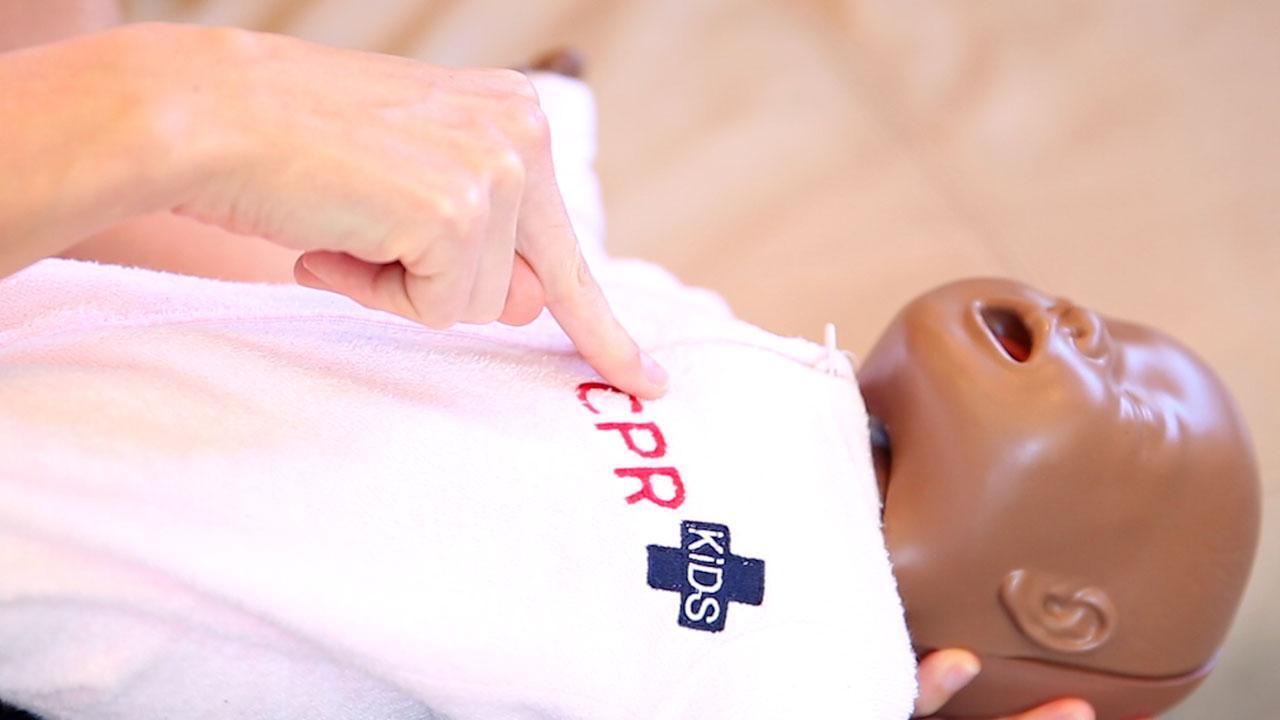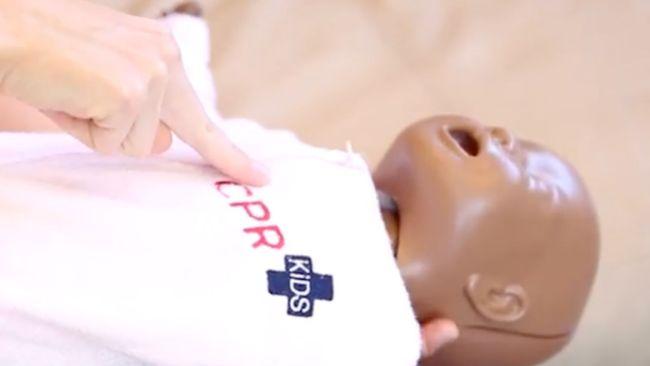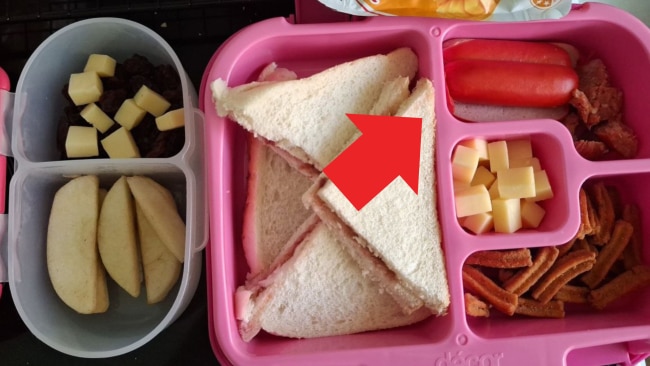I’m a nurse and mum and this is what you need to know about anti-choking devices
More and more parents are turning to anti-choking devices to help prevent fatal accidents at home. But do they actually work? CPR Kids' Sarah Hunstead explains.

Lifestyle
Don't miss out on the headlines from Lifestyle. Followed categories will be added to My News.
Anti-choking suction devices have been prominent in the media as of late - marketed as an effective tool to remove an object a child or adult has choked on.
A recent study has been released, with some insights into how effective two commercially available anti-choking suction devices are - the LifeVac and DeChoker. Here is a breakdown of this particular study, and the findings.
Want to join the family? Sign up to our Kidspot newsletter for more stories like this.

How anti-choking devices work
Each was tested in how effective they were to relieve foreign body aspiration (choking) in a fresh frozen adult cadaver, with a cashew, a grape, and a saltine cracker.
Three participants performed two trials with each food and device. Each device was used to manufacturer specifications.
Both devices failed to remove the cashews and grapes in all trials in this particular study.
One device (LifeVac) successfully removed the saltine crackers. One (Dechoker) caused significant injury to the tongue in the cadaver.
RELATED: Mum urges parents learn CPR after son chokes on apple

What parents need to know about anti-choking devices
The key takeaway for parents and carers - the researchers' findings of this particular study suggest that both devices should not replace current choking first aid recommendations (back blows and chest thrusts).
The researchers also acknowledge the limitations of their own study, and that more research needs to be done.
This is one of many studies that have been done into anti-choking devices, and there is currently an independent Global Evaluation of Suction-Based Airway Clearance Devices being done. Initial findings show that "anti-choking devices may be promising in the treatment of choking, however, limitations in data collection methods and quality exist".
It is vital that parents and carers of children are trained to administer recommended first aid in the event of a choking baby, child or adult.
Currently, ILCOR (the International Liaison Committee on Resuscitation) state that there is insufficient evidence to make a treatment recommendation in relation to these devices.
This means that they do not encourage or discourage the use of these products.
It is up to you if you choose to purchase an anti-choking device. If you do, make sure you are up to date with your first aid training (including choking first aid) and do the available training on how to use the anti-choking device. The manufacturers of these devices state they should only be used if first-line treatments (back blows and chest thrusts) have failed.
If your child has a physical disability that would prevent them from receiving effective back blows and chest thrusts speak to your child’s treating doctor to see if an anti-choking device would be of benefit for them.
Back blows are not a simple pat on the back. It is critical for parents and carers to be confident to deliver effective back blows and chest thrusts in a choking emergency.
Know how to respond in an emergency involving your little one. Book a baby + child CPR & First Aid class today so that you know what to do in the event of a choking emergency.
Sarah Hunstead is a Paediatric Nurse and founder of CPR Kids. She is also the author of ‘A Life. A Finger. A Pea Up a Nose’ and CPR Kids essential First Aid Guide for Babies and Children.
READ MORE: CPR Kids Free Choking Prevention and First Aid Guide
More Coverage
Originally published as I’m a nurse and mum and this is what you need to know about anti-choking devices





